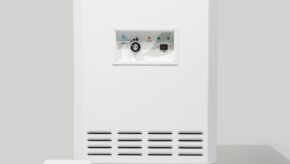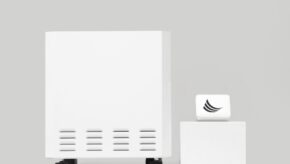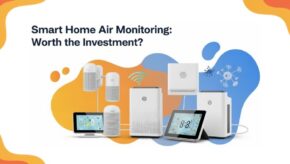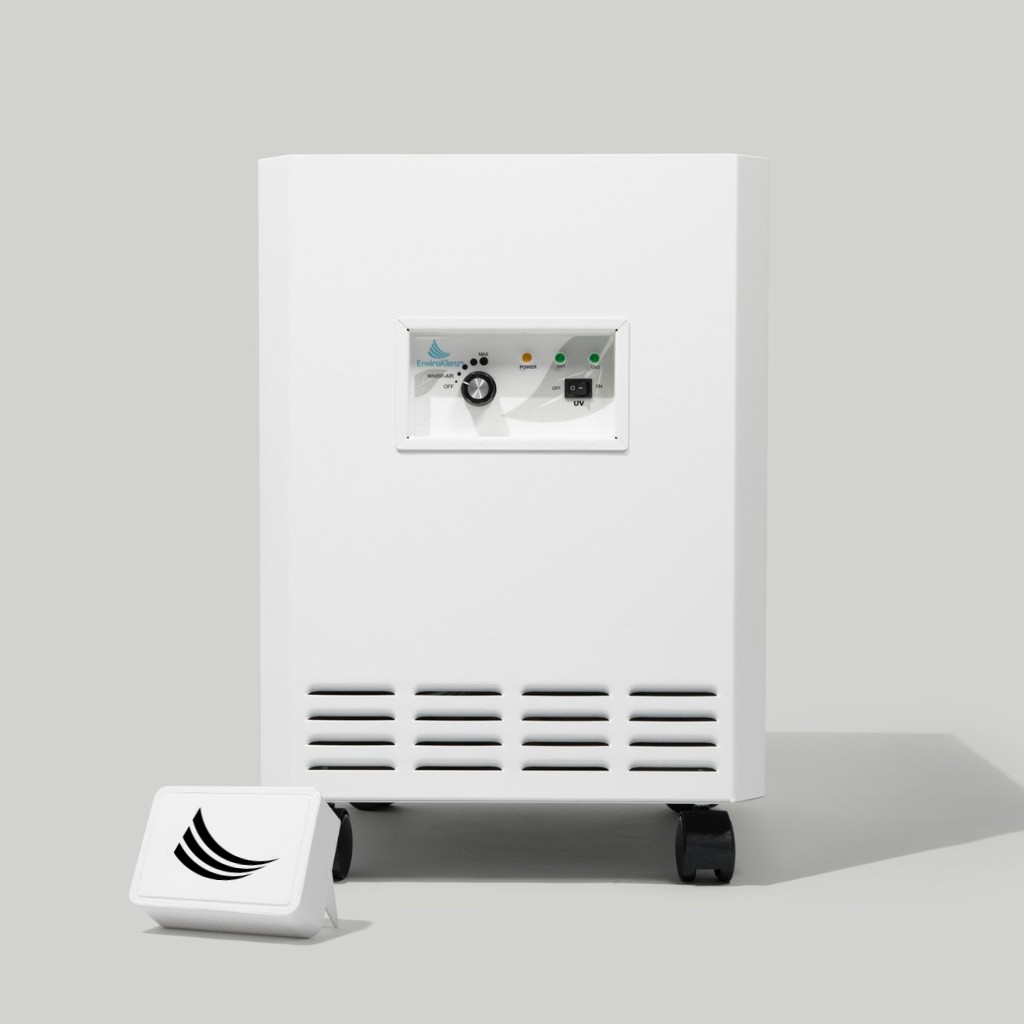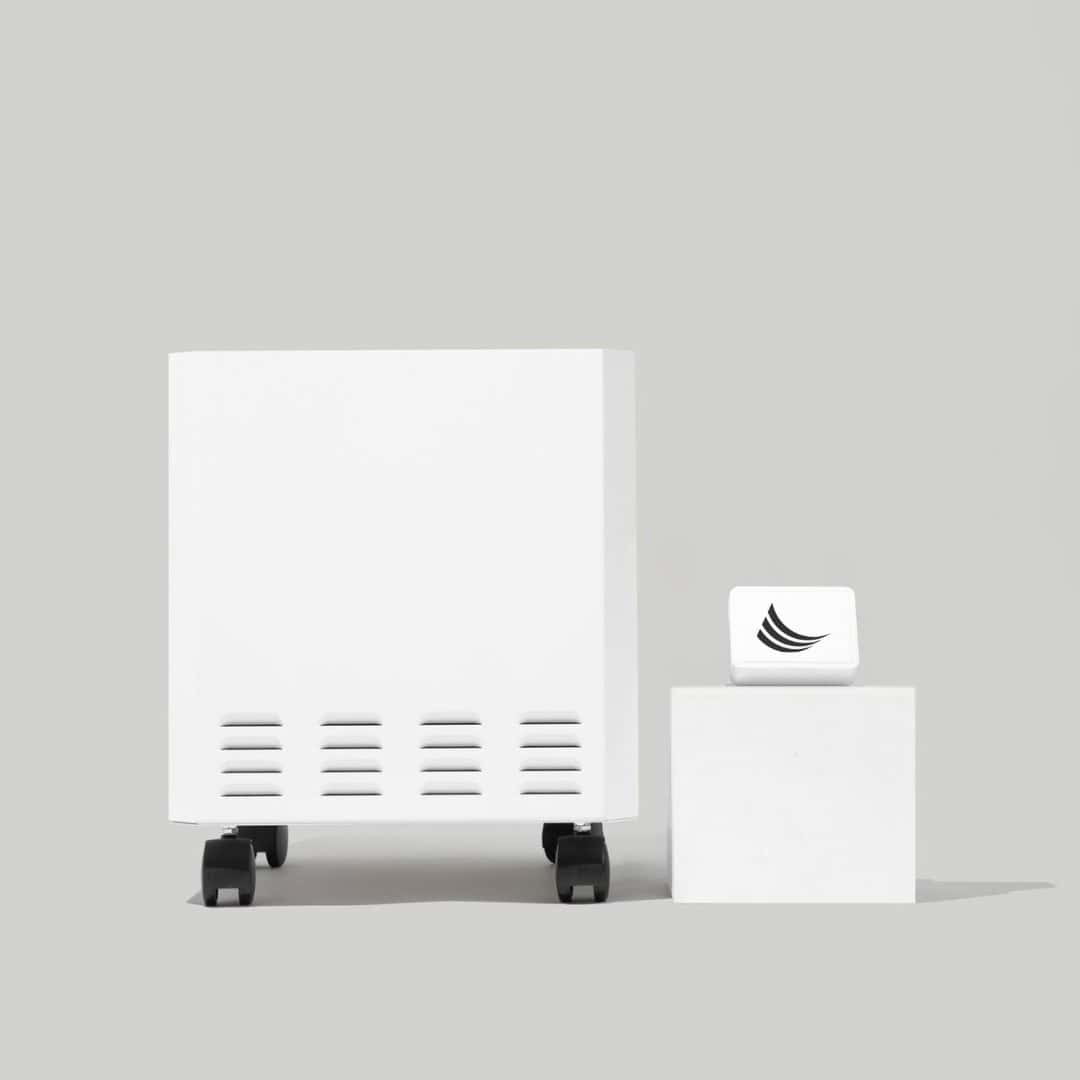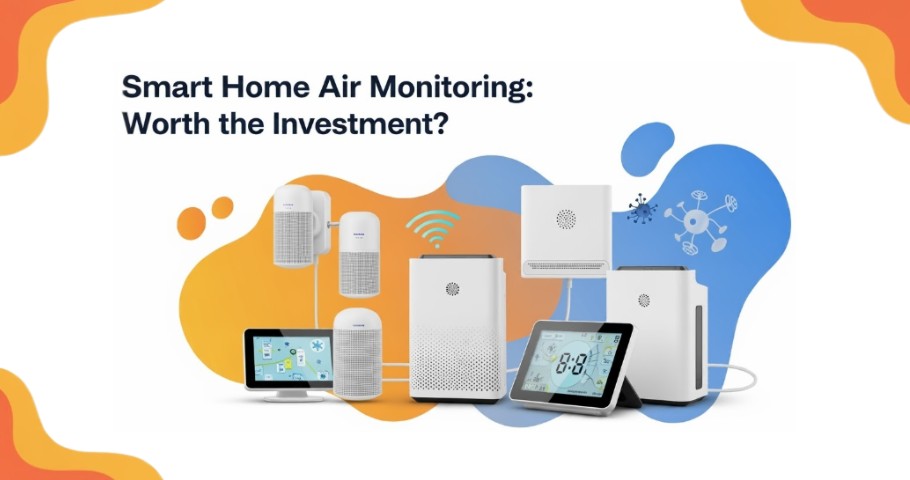EnviroKlenz® in a New Jersey School
An indoor air quality case study.
Study Background
EnviroKlenz conducted case studies with educational partners at various locations in the United States during the COVID-19 pandemic. EnviroKlenz Air System Plus was deployed and operational alongside an air meter that measures and records particulate matter. The EnviroKlenz Air System utilizes multi-stages of filtration consisting of patented technology for a broad array of contaminates, UVC (254 nm wavelength), and HEPA. The air meter provides real-time estimates of particulate matter concentrations (PM1, PM2.5, PM10) and particle size distribution using a combination of multiple light scattering-based particle sensors.
The systems ran in operational educational environments with daily schedules being carried out as usual.
Increases and decreases in the particulate matter were observed as expected given the conditions with the air monitor.
The results from this case study with the EnviroKlenz Air System Plus were compared to particulate matter data from the Environmental Protection Agency (EPA). From 2000-2019, the EPA, through a nationwide network of over 400 monitoring sites, developed ambient air quality trends for PM 2.5 particle pollution, representing fine inhalable particles, with diameters that are generally 2.5 micrometers and smaller. In the EnviroKlenz case studies, a broader range of particles was monitored, all with similar trends, but for illustration purposes, the data collected aligned to the size range of the EPA data is shown by plotting the national standard and the top 10 percentile for air quality for comparison.
Test Details
Testing Period: 12/09/20 – February 2021
Setting: Classroom in a School
Equipment Used: (1) EnviroKlenz Air System Plus and (1) lab-grade aerosol measurement instrument. Readings were captured in the ranges of PM10, PM2.5, and PM1 (sub micron-sized)
Running Time: The EnviroKlenz Air System Plus is typically only run during school hours.
Monitor status: Kept on throughout the testing period
Observation: Spikes can be seen at night and decrease in the morning, which shows the abilities of the EnviroKlenz Air System Plus to remove particles quickly.
At an east coast school, one EnviroKlenz Air System Plus was used per classroom. For this case study, the air meter was allowed to be set up in advance of the EnviroKlenz Air System Plus deployment to establish background PM2.5 readings. The readings were taken before the school dismissal for Thanksgiving Break, and the EnviroKlenz Air Systems were deployed following the return in December. The baseline readings showed the impact of the student movement in the facility with spikes during high traffic times such as arrival and dismissal as expected. Once the EnviroKlenz Air Systems were deployed, the spikes leveled off, and the monitoring area maintained PM2.5 levels at or below the EPA national standard when that was not the case before deploying the EnviroKlenz Air Systems.
Comparison to National Average
The baseline readings showed the impact of the student movement in the facility with spikes during high traffic times such as arrival and dismissal as expected. Once the EnviroKlenz Air Systems were deployed, the spikes leveled off, and the monitoring area was able to maintain PM2.5 levels at or below the EPA national standard.
